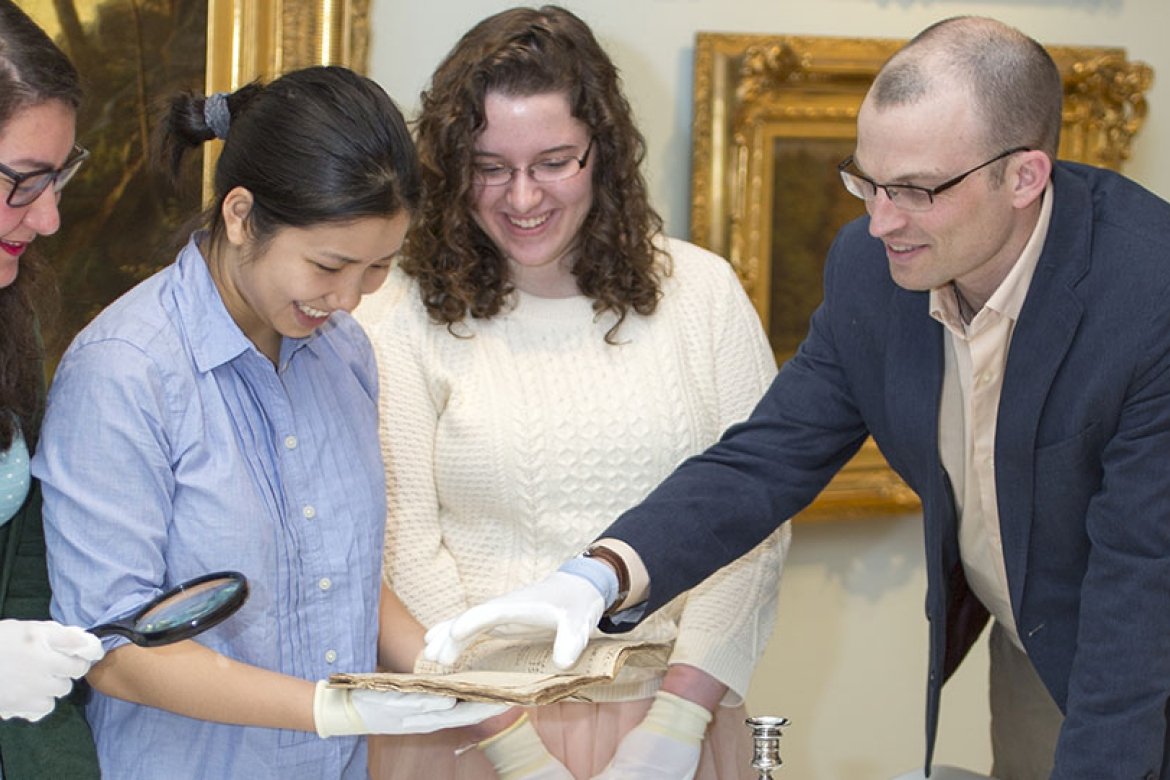The History of Money (HIST-252)

Instructor: Professor Fitz-Gibbon
A feast is made for laughter, and wine maketh merry: but money answereth all things. -Ecclesiastes 10:19
Money talks, or so the saying goes, but what does it say?
The power and ambiguities of money have preoccupied societies for centuries with the question of money’s meaning, and yet most modern theories of money emphasize its silences and transparencies.
It is a lubricant greasing the wheels of commerce, a token of economies in action. Its general quantities speak louder than its specific qualities. And yet, over the eons since money first emerged in human civilization, its qualities have been at least as important as its quantities.
Look in any wallet or purse today, and you will find money in any number of forms, from coin and paper to plastic and pin-chip. Money—or, to be more precise, ‘moneyness’—is described in many things and through many social, cultural, and political relations. Money, in other words, is as variable as the stories we can tell about it.
The purpose of this 200-level course is to explore stories of money from the ancient world to the present day, using money as both a subject and object of history. Together, the class will investigate money in different historical contexts, paying particular attention to how the meaning of money was constructed through political, social and cultural life.
Through direct, hands-on, analysis of “money stuff” (coins, paper notes, bills of exchange, works of art, credit instruments and written sources), we will also look at how money can serve as evidence for a variety of historical interpretations and we will communicate these interpretations through individual and group writing assignments, such as blogs, museum exhibition proposals and sample scripts for radio documentary broadcasts.
Course prerequisites: Insatiable curiosity, independent research skills and a willingness to handle very old money.